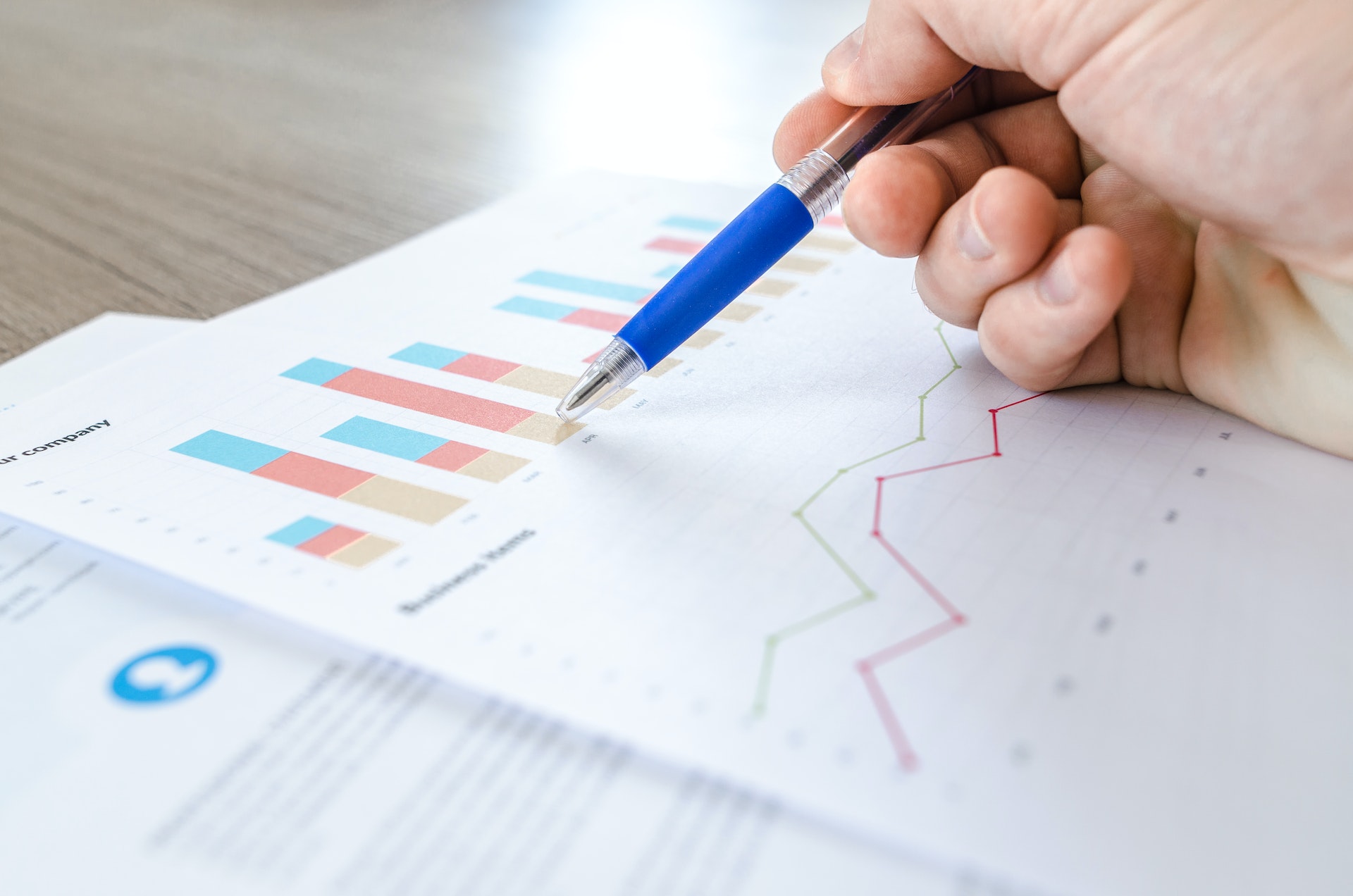In digital marketing, making informed decisions based on data attribution is everything to the success of your campaigns and your business. Knowing which channels drive the most conversions and revenue can help you determine how to allocate your marketing budget to maximize ad performance.
Traditionally, marketers have depended on sourcing data from prospective customers through third-party tracking. However, with Apple’s recent iOS 14 security updates that protect consumer privacy, it has become more and more difficult for marketers to collect third-party data. It is also harder to accurately see how your campaigns are performing, making attribution harder to measure than ever before.
0-party data attribution is now on the rise. To make the most informed decisions about your marketing campaigns, you must take advantage of this crucial data. But remember, you should never look at any attribution model in a silo. This is why we feel strongly that a combination of zero, first, and third-party attribution will be the future of conversion tracking.
What Does 0-Party Data Mean To The Future of Attribution?
0-party data attribution is changing the game of attribution. 0-party data is collected directly from the customer during an authentic customer connection as opposed to tracking customers across channels.
One vital thing to note about 0-party data is that it is consent-driven meaning that the customer has opted into offering their information and proactively reported it to the brand. 0-party data provides valuable insights into a customer’s motivations and influences at the time of their purchase. It is also a crucial tool that can inform how to create more meaningful and valuable customer experiences to build trust with customers and strengthen their brand loyalty.
How can you collect this 0-party data? Post-purchase surveys.
Collect 0-Party Data Through Post-Purchase Surveys
After a customer purchases your products, there is a small window of opportunity that offers a goldmine of valuable data to collect about the customer’s experience. Use a post-purchase survey to ask the customer questions such as where they found out about your brand, how they arrived at your site to make a purchase and how long it took them to decide to make a purchase.
With this information, you can then determine how to plan your marketing budgets to put more funds towards certain sales channels that are bringing in more traffic and revenue.
Triple Whale x KnoCommerce Integration
Here at The Snow Agency, we have been leveraging a Triple Whale x KnoCommerce Integration that helps make the most of attribution to maximize ad performance. The synergy between the two platforms is invaluable in how it creates a workaround that bridges the gap in between your website and digital channels as a result of Apple‘s security updates. If you have a Triple Pixel, in order to get a deeper, more comprehensive view of your attribution, you must integrate KnoCommerce into your attribution model. It is able to pick up incremental conversions that Triple Whale is missing and together, the two are a powerful force for more effective attribution and informed decision-making.
Supercharge Attribution To Scale the Growth of Your Business
In e-commerce, knowing where to put your funds to amplify your marketing campaigns is the difference between shutting off and scaling a digital channel. It is more important than ever before to make the most of your data attribution to magnify ad performance. Partner with the digital marketing experts at The Snow Agency and see first-hand how you can supercharge your business to new heights of success.










